Clydach Tunnel
Clydach Tunnel
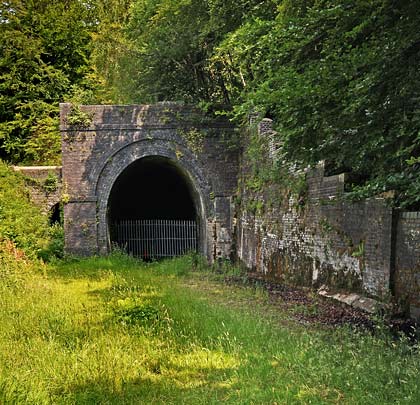
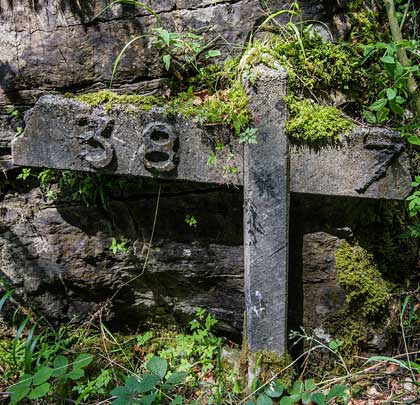
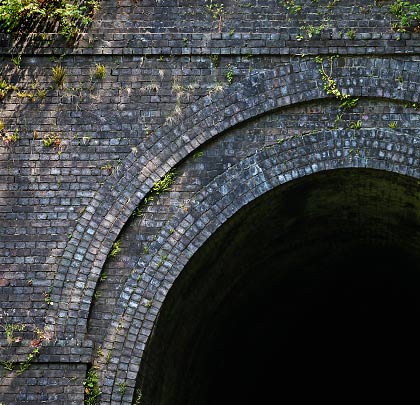
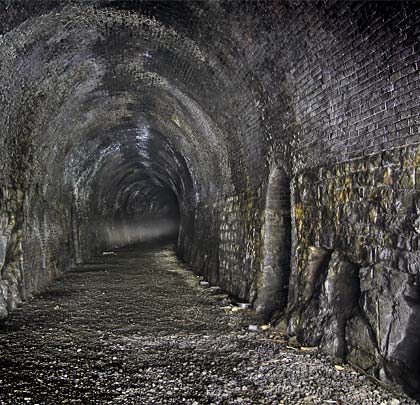
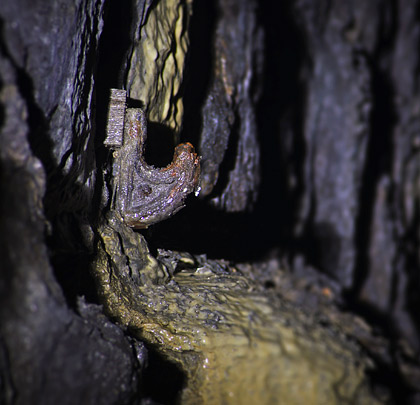
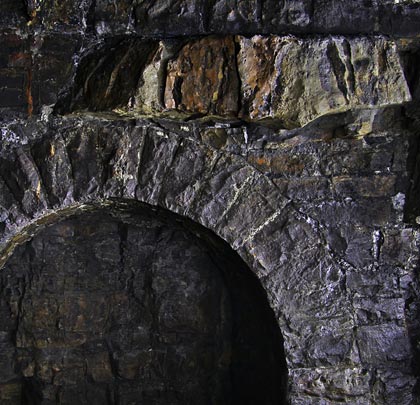
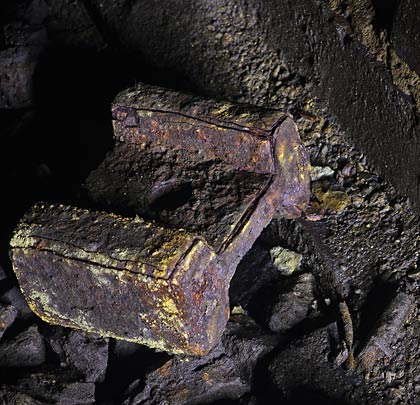
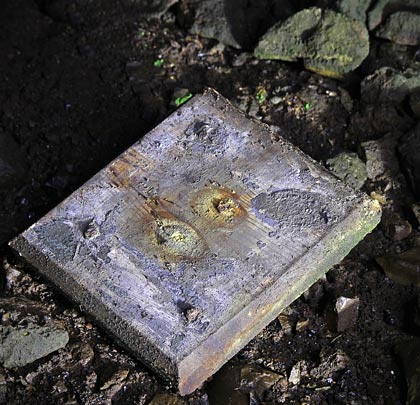
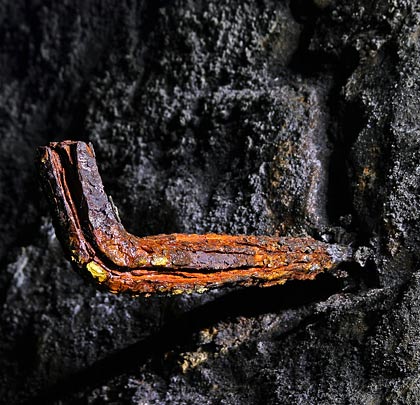
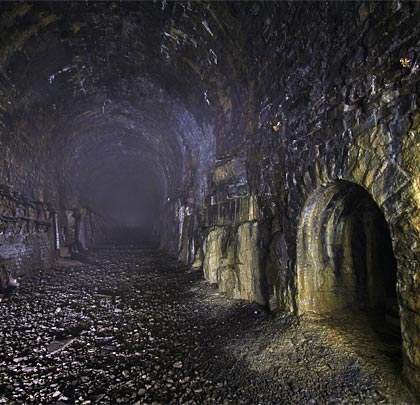
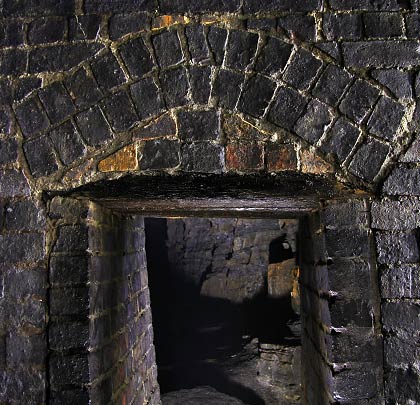
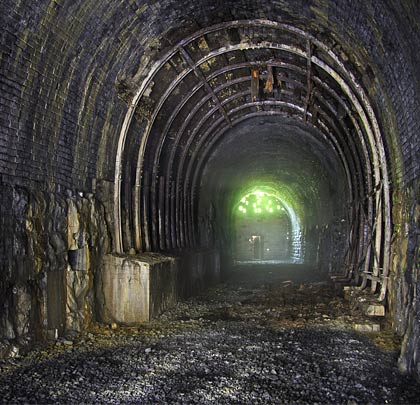
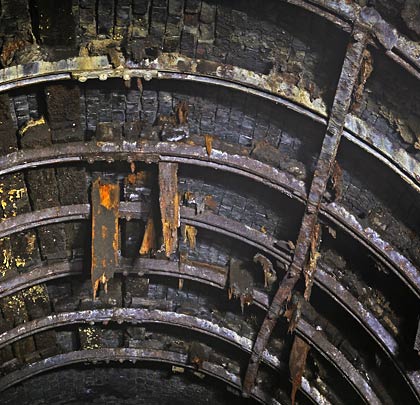
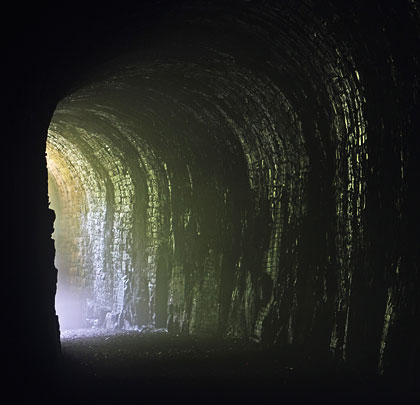
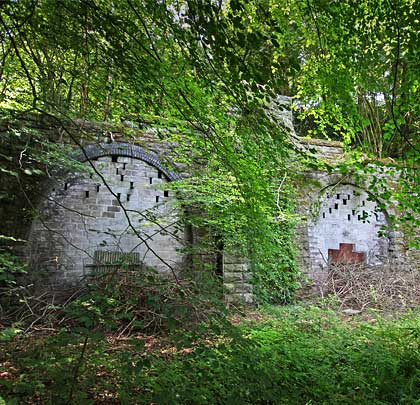
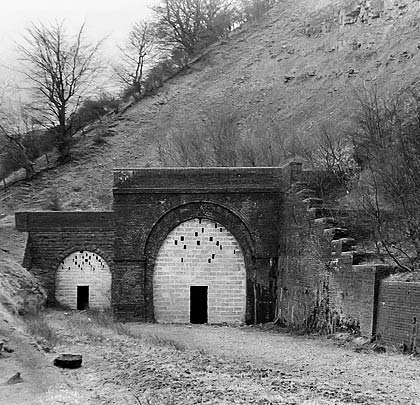
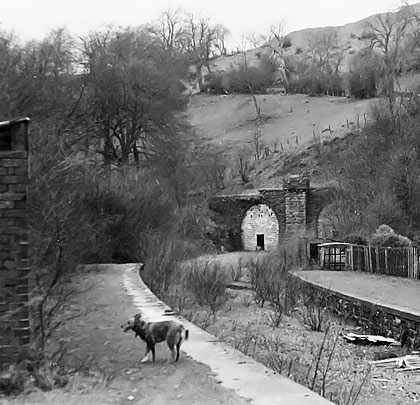

















The Merthyr Tredegar & Abergavenny Railway was conceived as a servant of the Tredegar Iron Company, taking raw materials into the works and finished produce out of it. Driven by Crawshay Bailey, a major local industrialist, the company was incorporated by an Act of August 1859 and raised initial working capital of £150,000.
Under Chief Engineer John Gardner, the first section of route created a link from Brynmawr to Abergavenny, climbing over 1,000 feet at gradients as steep as 1:34. Bailey’s wife cut the first sod in June 1860. Whilst the engineering was remarkable, the company’s balance sheet looked dire, causing the London & North Western Railway to intervene in November 1861, taking the project over. With finances stabilised, this ten miles of single track opened on 29th September 1862.
Clydach Station stood in the middle of a two-mile section that climbed to the west at a tortuous 1:38, although a trackside gradient indicator suggests it might have been 1:70, or thereabouts. Just beyond the platform was the east portal of a 302-yard tunnel, first curving northwards on a radius of about 10 chains before then turning south on a 14 chains radius. It features a masonry arch springing off stone sidewalls which, in many places, sit on outcrops of exposed rock. The walls have been locally reinforced with brickwork over the years. A number of deep refuges are to be found on the Up side, with natural rock revealed at their rears. Hooks were attached at a high level to carry a cable whilst the opposite wall hosted wooden tablets for the ganger’s reference.
In 1869, the railway reached Merthyr Tydfil. Only at this stage did the line start to run at optimum operational effectiveness. Its success was sufficient for the L&NW to increase capacity by adding a second track, demanding the widening of viaducts and the driving of second bores at Gelli Felen and Clydach. On completion, the railway saw traffic volumes that were unforeseen at its inception, however running costs were high.
Clydach’s new tunnel, accommodating Down trains, is to the south side of the original and has a more generous structure gauge. When it opened in 1877, mapping evidence suggests that the west portals of the two tunnels stood next to each other; however, by 1904, an extension had been built in engineering brick, taking the length of the New tunnel to 330 yards. Presumably this work was prompted by collapses of the cutting face onto the track. Associated with it is a lengthy section of retaining wall.
The second tunnel benefits from a brick arch, with a mix of stone or brick sidewalls. Again, occasional sections of exposed rock are apparent, but these are fewer in number than in the Old tunnel. Towards the east end, an unlined adit connects the two bores. Close to the entrance, a length of lining is supported by timbers, held in place by seven ribs of bullhead rail with a substantial brick footing on the Up side. At the other end, the extended section seems to have had a secondary lining installed at some point.
Whilst the west portals are now staggered, the entrances at the east end remain aligned. The combined headwall is masonry built, with a castellated buttress between the two mouths. The parapet steps symmetrically upwards towards the middle. On its north side, the face of the approach cutting is held back by a lengthy wing wall, parts of which have collapsed.
With maintenance costs expected to rise, British Rail closed the line in 1958, bringing an annual saving of £60,000. The very last train – a commemorative special – ran on Sunday 5th January, crewed by driver Lewis, fireman Hinton and guard Hubert James, all from Abergavenny.








